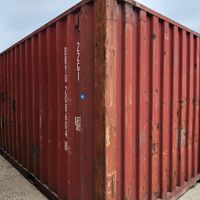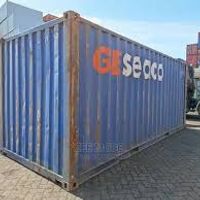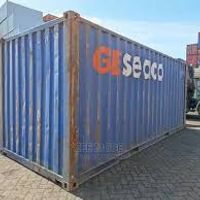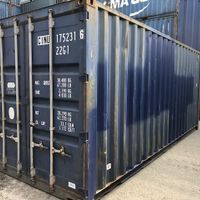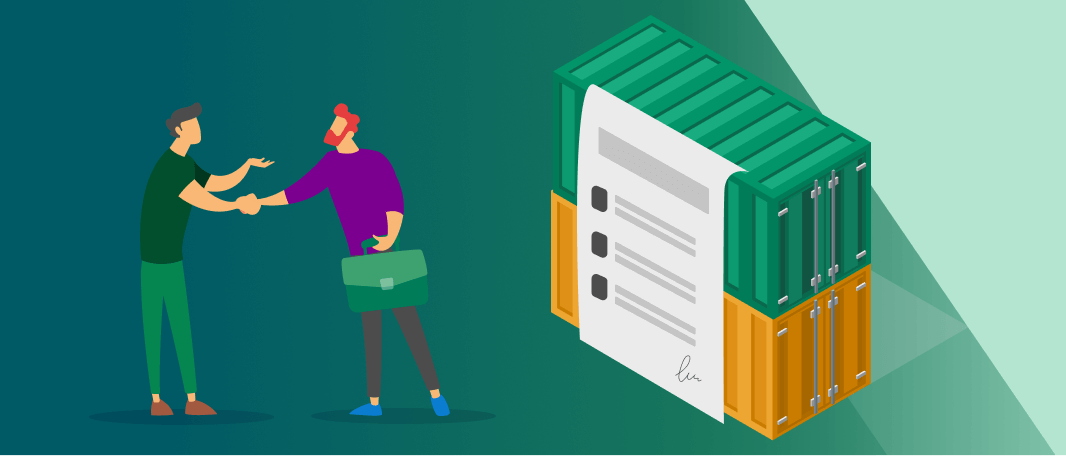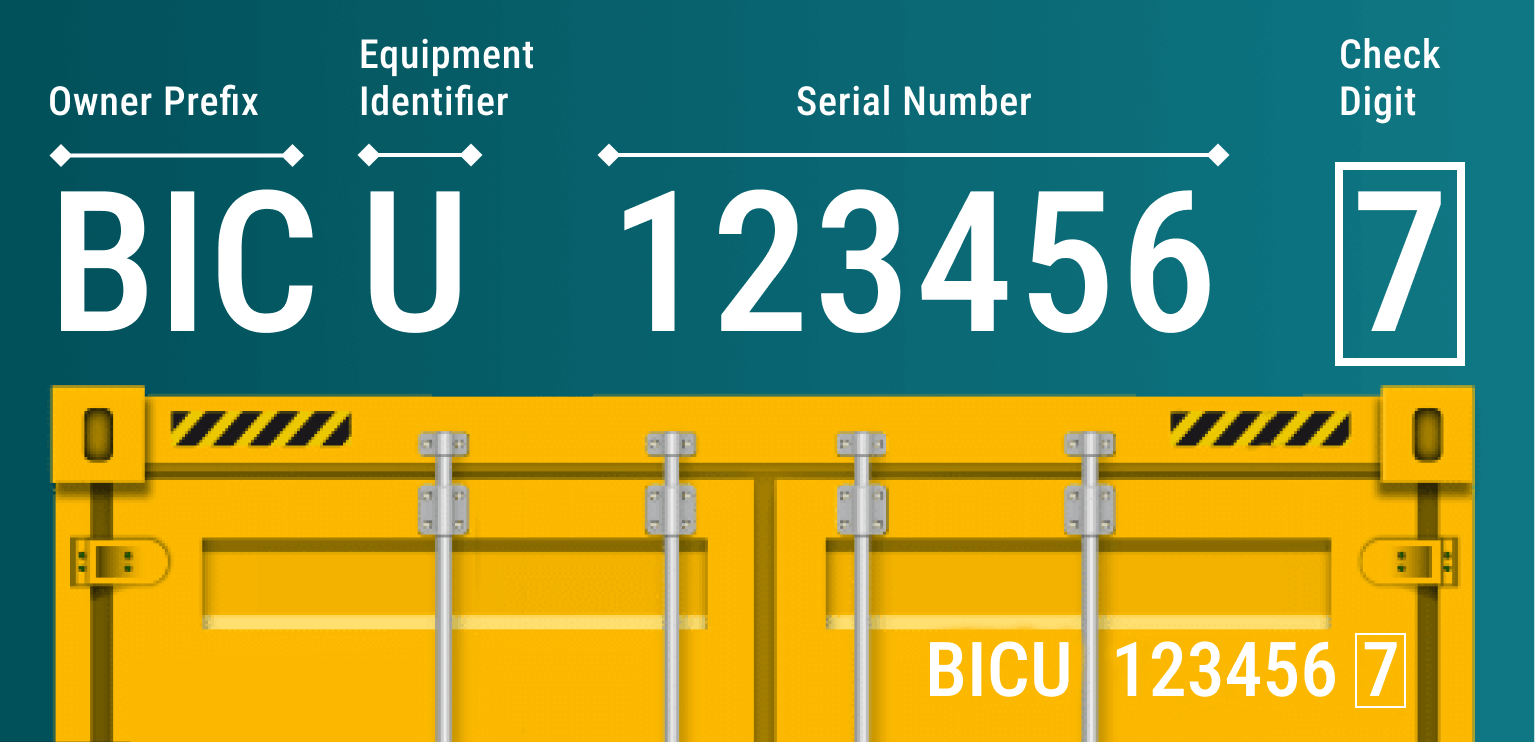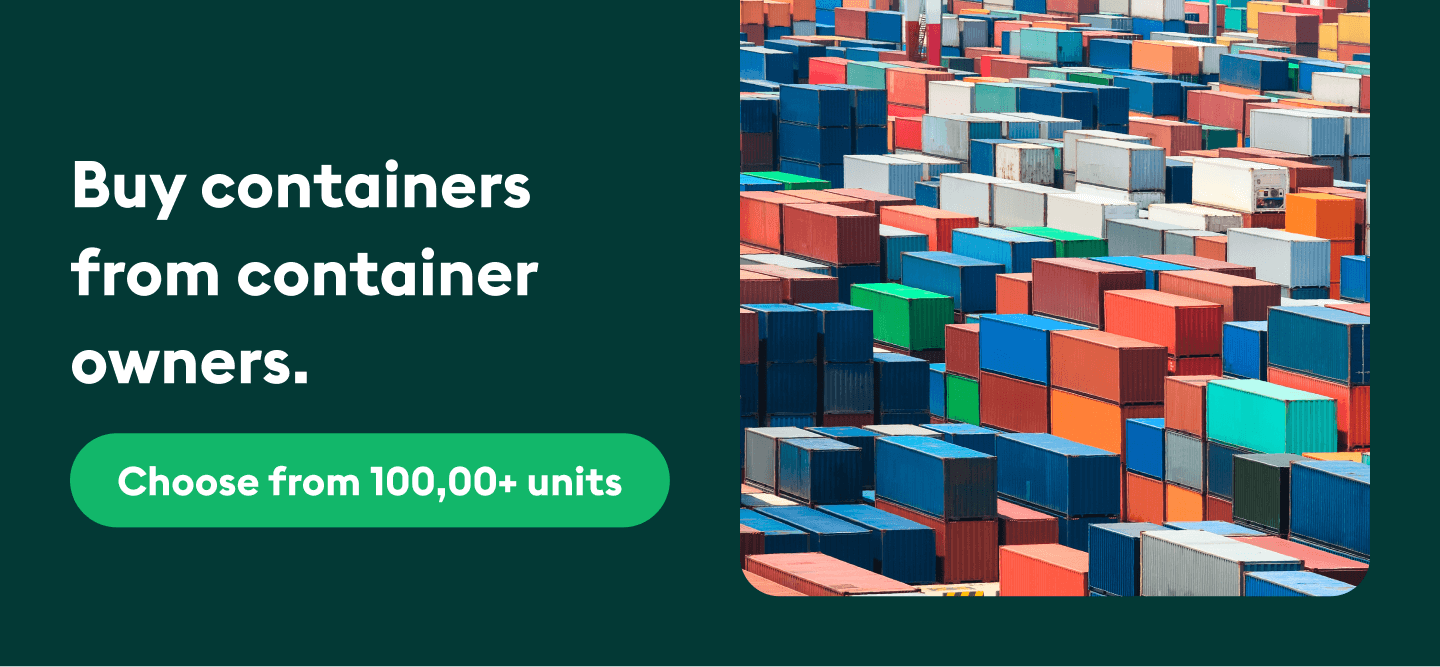Container owners are businesses or individuals who own shipping containers. In this blog, you’ll learn how to buy containers directly from them, how they’re different from shipping lines, and what container owner codes are.
Buying containers directly from container owners gives you better prices and helps with direct negotiations without middlemen. However, it’s important to purchase containers from reliable owners to avoid container scams.
That’s where the Container xChange marketplace can help you. You can choose from 100,000+ containers offered by 1,700+ vetted sellers in your preferred location through our platform.
Simply use the public search below to find the container you’re looking for from trustworthy container owners!
10,362 results found on the platform.
Container prices start from $350/unit.
Currently no match for your search
Change your search criteria or fill out the form below to get notified via email when there is a new match for you on xChange!
-
Pick-up
20DC (Cargo worthy)
37 units available
YOM:
Year of manufacture:
2004
2010
Savannah, GA
per container
Non-negotiable price$
925
-
Pick-up
40HC (Cargo worthy)
2 units available
YOM:
Year of manufacture:
2004
2010
Los Angeles, CA
per container
Non-negotiable price$
1625
-
Pick-up
40HC (Cargo worthy)
4 units available
YOM:
Year of manufacture:
2004
2010
Los Angeles, CA
per container
Non-negotiable price$
1650
-
Pick-up
40HC (Cargo worthy)
7 units available
YOM:
Year of manufacture:
2004
2010
Chicago, IL
per container
Non-negotiable price$
1700
-
Pick-up

20DC (Cargo worthy)
10 units available
YOM:
Year of manufacture:
2004
2008
Lyon
per container
Negotiable price$
1800
Showing 5 of 10,362 results
Load more()
YOM:
Year of manufacture:
per container
$
Shipping containers for sale by container owners
If you’re looking to buy shipping containers directly from owners, Container xChange is the right platform for you. Our marketplace connects you to a wide network of trusted sellers. We make it easy to find shipping containers for sale by owners that match your needs without middlemen, giving you better prices and faster transactions. You can get both new and used shipping containers easily at your fingertips. Here’s how.
New shipping container for sale by owner
New or one-trip containers are the highest quality containers in the market. They can last up to 25 years and are perfect for shipping cargo. The average price of a new 20ft container in New York is $2,110 and a new 40ft would cost you around $3,350 in Chicago.
Find prices in your preferred location and compare offers by clicking the button below.
Used shipping container for sale by owner
Used containers in conditions like cargo-worthy are also suitable for shipping. Plus, cargo-worthy containers are a lot cheaper than new ones. The average price of a 20ft cargo-worthy unit in Los Angeles is $1,380. For a 40ft, you’re looking at $1,560 in Dallas.
Looking for ‘used shipping containers for sale by owner near me’? Use the button below to find offers by container owners in your preferred location.
Storage container for sale by owner
Want to get storage shipping containers directly from container owners? Find containers in conditions like cargo-worthy and as-is that are perfect for storage on xChange. The average price of a used 40ft container in Los Angeles is $1,480 and in Boston, it’s $1,700.
Choose from 100,000+ containers on our platform. All sellers here are vetted, so you can safely connect with them. No brokers, no middlemen. Click the banner below to explore offers in your location and find containers for sale at the best prices.
Who are container owners?
Container owners are businesses or individuals who own shipping containers, typically for leasing, selling, or personal use. They can range from shipping companies and logistics firms to small businesses and private sellers.
Difference between container owners and shipping lines
Container owners and shipping lines both own shipping containers, but their roles and functions differ significantly.
-Container owners own containers and may lease or sell them to various clients. For example, E-Containers, a major container trading and leasing firm, owns fleets of containers and provides them to businesses for global trade. Their focus is on container management, maintenance, and transactions related to buying and leasing containers.
-Shipping lines, on the other hand, are companies that operate shipping vessels and use containers to transport goods worldwide. For instance, Maersk and CMA CGM are shipping lines that own or lease containers as part of their broader logistics and shipping operations. Their primary business is the transport of cargo across international waters, with containers being a critical part of their fleet to facilitate this.
Take a look at the table below to better understand the difference.
| Factors | Container Owner | Shipping Line |
| Ownership | Owns containers for personal use, selling, or leasing. | Do not essentially own containers but own vessels for shipping cargo. |
| Responsibilities | Container management, maintenance, and transactions related to buying and leasing containers. | Organizing global movement of cargo in containers through ships. |
| Management | Provide containers to shipping lines, traders, freight forwarders, and end users. | Cargo consolidation, documentation, route optimization, clearances, and stowage planning. |
| Rate calculation | Container prices depend on the market demand and supply of containers at that time. | Freight shipping rates depend on the volume, weight, type of cargo, delivery destination, and market situation. |
What are container owner codes?
Container owner codes are unique three-letter codes used to identify shipping container owners. Each code corresponds to a specific owner. For example, the code ‘MSC’ stands for Mediterranean Shipping Company, identifying containers owned by that company. Similarly, ‘MAE’ is the owner prefix code for Maersk.
Take a look at the image above to better understand container owner codes. The first three capital letters of the container number are known as the Owner Prefix Code. For your understanding, we’ve taken ‘BIC’ as the owner code in our above-illustrated example.
Curious to find out more about a container number? Read our detailed blog on container numbers to learn more.
How to get a container owner code?
To get a container owner code, you typically need to:
- Register your company: Container owner codes are assigned by the Bureau International des Containers (BIC). Companies must apply through BIC to obtain a code.
- Submit an application: Complete the application process with BIC, providing necessary information about your company and container operations.
- Pay applicable fees: There may be fees associated with obtaining and maintaining a container owner code.
- Receive the code: Once approved, BIC will assign a unique three-letter code to your company, which will be used to identify your containers in global shipping.
Visit the BIC website here to obtain your container owner codes.
Buy containers from container owners on xChange
If you’re looking to buy containers directly from owners without any middleman, Container xChange is the right platform for you. Here’s how you can use our marketplace to your advantage.
Find container owners in 2,500+ locations globally
We offer an online global container marketplace where you can connect with container owners in 2,500+ locations. This makes it easier for you to buy containers where you need them with just a few clicks.
All you have to do is state your requirements, get offers from container owners, negotiate with them, and get containers anywhere around the world.
No brokers. Deal directly with container owners
Our platform omits the needs of any brokers or middlemen who take cuts in container deals. You connect directly with container owners.
Connect with 1,700+ vetted companies to make safe payments
We understand that it can be scary to make payments to new partners. That’s why we conduct a background check of all the members before they join our platform—creating a safe platform for you to buy containers. We also make sure that your money is safe through the xChange wallet. Once terms are set with a seller, we secure your payment for 7 days to allow you to inspect the container. If you are not satisfied, you will get your money back.
Here’s what Andres Valencia, the CEO of E-Containers, based in the US, has to say about using xChange:
“Doing business with xChange promotes fairness; buyers are protected, and sellers strive to deliver as promised”
xChange makes it easy for you to connect and buy shipping containers directly from container owners. Click on the banner below to find your ideal container at competitive prices. Choose from 100,000+ containers today!
Container owners: Common FAQs
Who are the owners of containers?
Container owners are typically shipping companies, traders, and leasing firms who either use containers for global trade or sell and lease them to other businesses.
How do I find the owner of a container?
You can find the owner of a container by checking the container's unique owner code (BIC code), which is usually marked on the container.
Who owns shipping containers?
Shipping containers are owned by a variety of entities, including shipping lines, leasing companies, and traders, who either use them for transporting goods or lease them out to others.



